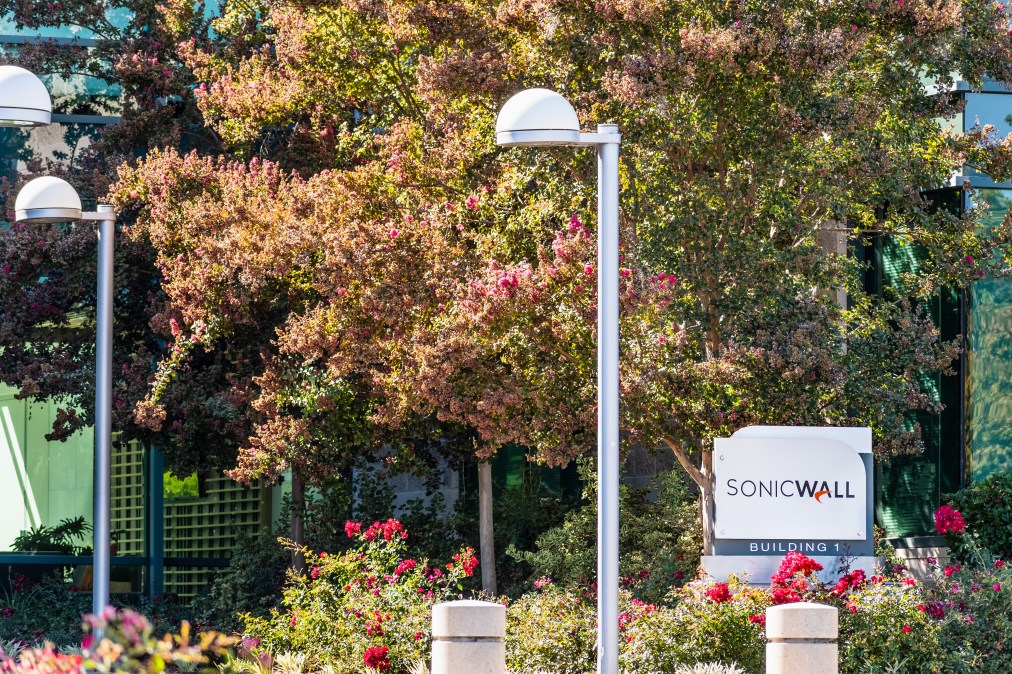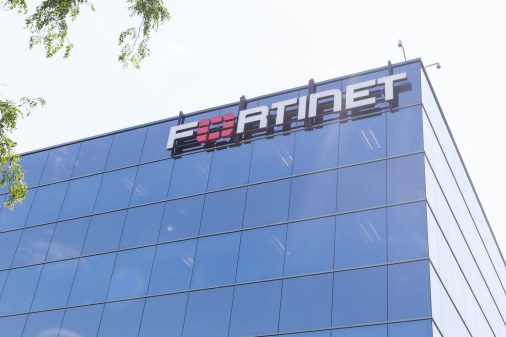Attack on SonicWall’s cloud portal exposes customers’ firewall configurations

SonicWall said it confirmed an attack on its MySonicWall.com platform that exposed customers’ firewall configuration files — the latest in a steady stream of security weaknesses impacting the besieged vendor and its customers.
The company’s security teams began investigating suspicious activity and validated the attack “in the past few days,” Bret Fitzgerald, senior director of global communications at SonicWall, told CyberScoop. “Our investigation determined that less than 5% of our firewall install base had backup firewall preference files stored in the cloud for these devices accessed by threat actors.”
While SonicWall customers have been repeatedly bombarded by actively exploited vulnerabilities in SonicWall devices, this attack marks a new pressure point — an attack on a customer-facing system the company controls.
This distinction is significant because it indicates systemic security shortcomings exist throughout SonicWall’s product lines, internal infrastructure and practices.
“Incidents like this underscore the importance of security vendors — not just SonicWall — to hold themselves to the same or higher standards that they expect of their customers,” Mauricio Sanchez, senior director of enterprise security and networking research at Dell’Oro Group, told CyberScoop.
“When the compromise occurs in a vendor-operated system rather than a customer-deployed product, the consequences can be particularly damaging because trust in the vendor’s broader ecosystem is at stake,” he added.
SonicWall acknowledged the potential downstream risk for customers is severe. “While the files contained encrypted passwords, they also included information that could make it easier for attackers to potentially exploit firewalls,” Fitzgerald said.
“This was not a ransomware or similar event for SonicWall, rather this was a series of account-by-account brute force attacks aimed at gaining access to the preference files stored in backup for potential further use by threat actors,” he added.
SonicWall did not identify or name those responsible for the attack, adding that it hasn’t seen evidence of any online leaks of the stolen files. The company said it disabled access to the backup feature, took steps across infrastructure and processes to bolster the security of its systems and initiated an investigation with assistance from an incident response and consulting firm.
Sanchez described the breach as a serious issue. “These files often contain detailed network architecture, rules, and policies that could provide attackers with a roadmap to exploit weaknesses more efficiently,” he said. “While resetting credentials is a necessary first step, it does not address the potential long-term risks tied to the information already in adversaries’ hands.”
SonicWall said it has notified law enforcement, impacted customers and partners. Customers can check if impacted serial numbers are listed in their MySonicWall account, and those determined to be at risk are advised to reset credentials, contain, remediate and monitor logs for unusual activity.
Many vendors allow customers to store configuration data in cloud-managed portals, a practice that introduces inherent risks, Sanchez said.
“Vendors must continuously weigh the convenience provided against the potential consequences of compromise, and customers should hold them accountable to strong transparency and remediation practices when incidents occur,” he added.
Organizations using SonicWall firewalls have confronted persistent attack sprees for years, as evidenced by the vendor’s 14 appearances on CISA’s known exploited vulnerabilities catalog since late 2021. Nine of those defects are known to be used in ransomware campaigns, according to CISA, including a recent wave of about 40 Akira ransomware attacks.
Fitzgerald said SonicWall is committed to full transparency and the company will share updates as its investigation continues.






